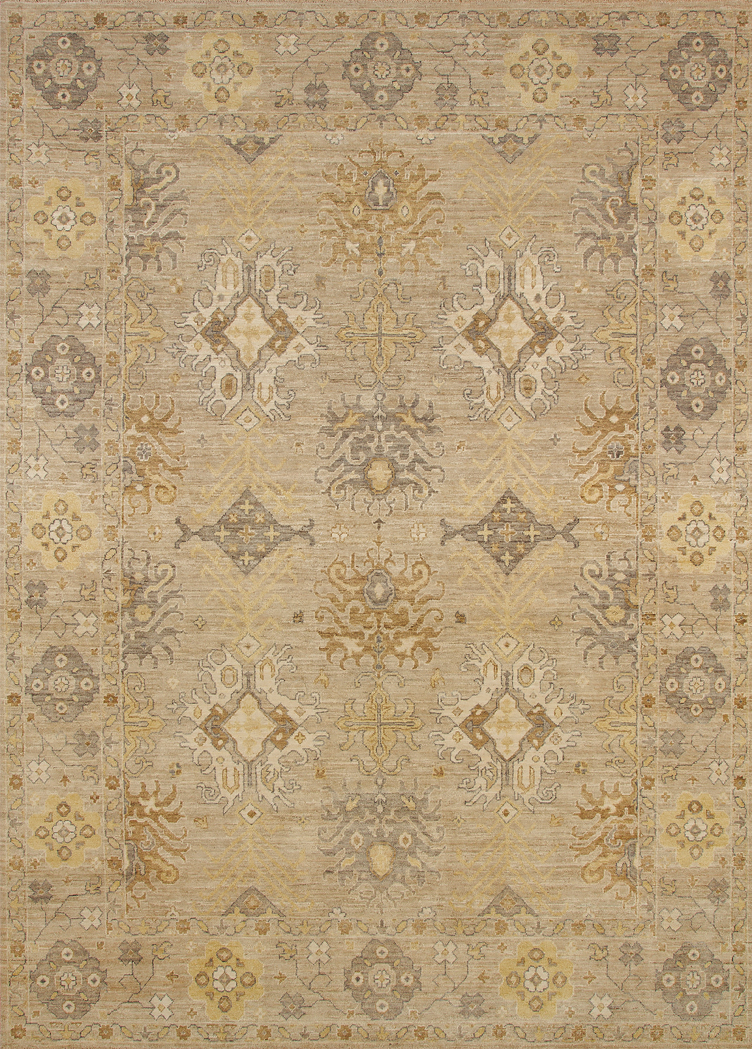Anatomy of an Oushak Rug?
Learn the distinctions and methods involved in a production of an Oushak rug.
History/Origin
Ushak or Oushak Carpets were named after the city of Uşak in Western Turkey. The city was one of the larger towns in Western Anatolia (Historical name for Turkey). Western Anatolia was a significant center for rug production during the early reign of the Ottoman Empire.
Historically speaking, Oushaks rugs were initially called "Anatolian Rugs". The term "Anatolian" (translates to "the land of the rising sun") is still used today by scholars to identify the rug if a specific attribution cannot be made. "Anatolian" essentially refers to a carpet that was made in Turkey.
The Oushak rugs had a far-reaching influence that can be traced to well-known European artists: such as Hans Holbein and Lorenzo Lotto, whose representation of the rugs heightened its popularity on a global scale. The carpets have then coined the terms "Lotto carpets" and "Holbein carpets". These terms refer to the realistic representation of the rugs within the paintings, symbolizing the sitter's status in the picture.
Distinction
Oushak rugs are generally woven in a method known as the Ghiordes knot or the Turkish knot: where colored weft yarn passes over the two warp yarns and is then pulled through between them and then cut to form the pile.
Antique Oushak rugs are typically characterized by relatively loose knots, long piles due to high-quality wool in the production.
The universally recognized Oushak rugs have a star and medallion pattern.
The anatomy of an Oushak typically consists of a distinctive design, usually containing a central medallion or the famous "star" pattern.
The medallions often are inspired by designs used in Ottoman manuscripts or vice versa.
Contemporary Translation
During the 19th century, there was a renewed fascination for Antique Ushak rugs due to global appreciation for Persian rugs. The demand was high, but production was inadequate.
French Accents has successfully reproduced the authentic weaving techniques that were once employed during the classic times.
We offer the traditional designs that you would once see in Turkey but transformed the classic taste to fit today's changing lifestyles.
What makes our rug unique is our variety in the decorative elements and colors. Our goal for historical rugs have always been the same—revive and revitalize. We still want to reproduce classic designs and make them accessible for today's lifestyle.
Oushak Collection



